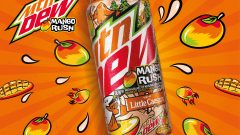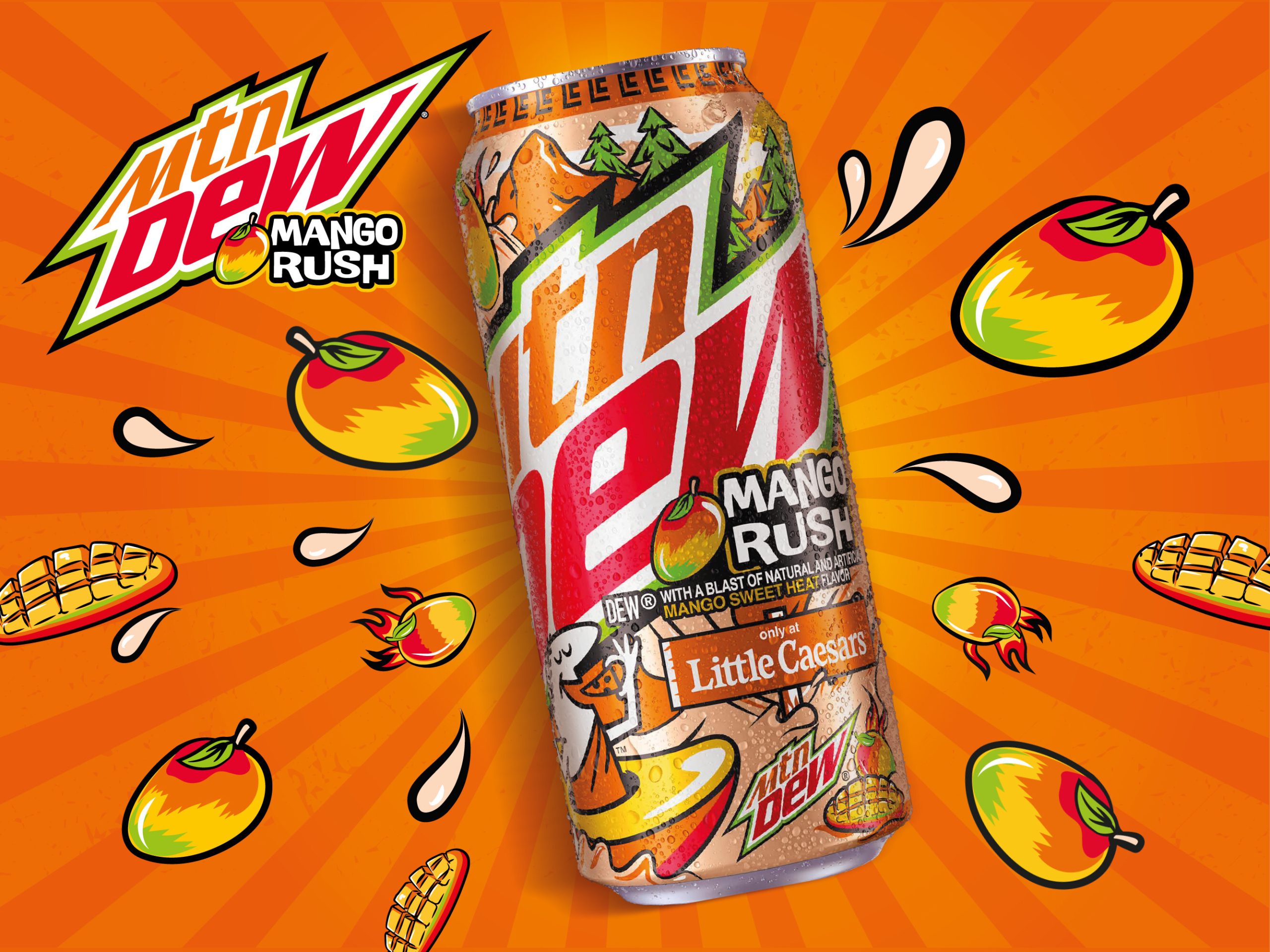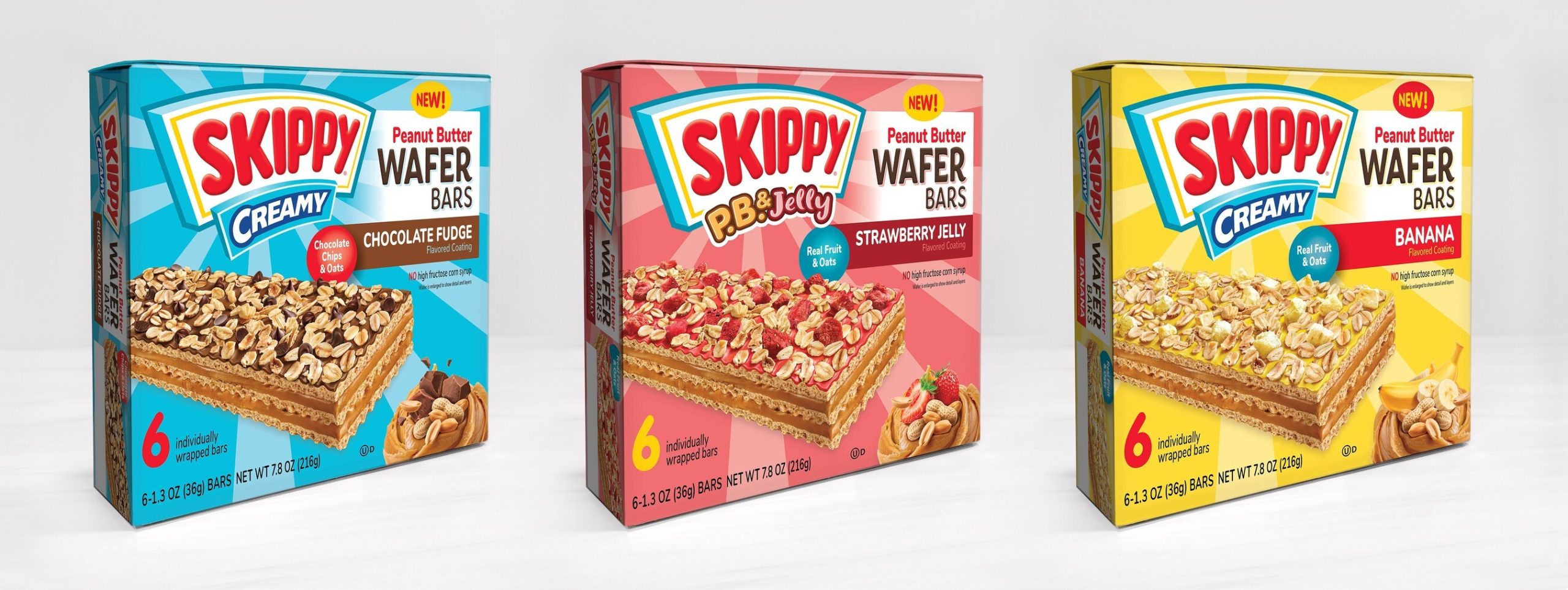9 Food Myths, Debunked
Let’s face—it in all your years of memorizing nutrition tips, health hacks, and other various food techniques, how much of it has actually stuck with you? I’m guessing the majority has packed up and hopped on a train to the Land of Forgotten Foodstuffs.
And that really sucks because, not only does that “stuff” come in handy when determining which foods won’t give you cramps before a gym run, but somewhere along the way, you probably picked up pointers on how to prepare food safely/correctly (you know, so you wouldn’t catch some kind of deadly foodborne illness).
Why not knock out the possibility of food poisoning for good? Jog your memory of food safety a bit and see if you’ve bought into any of these food safety myths:
Myth #1: The fridge/freezer, microwave, and/or cooking in general will kill any bacteria.

Hate to burst your bubble, but neither extreme heat nor cold are going to necessarily rid your food of bacteria. Bacteria can survive a freezer’s 0°F temperature, so you know they won’t die off in the fridge, either. On the opposite side, though the heat generated by microwave ovens can kill bacteria, the food still has a chance of cooking unevenly, which means a greater a chance that bacteria will stick around.
And, not to scare you, but some bacteria such as staphylococcus (staph) produce spores and toxins that aren’t killed off by high cooking temperatures. Make sure perishable foods are refrigerated within two hours at 40°F or lower, and that food reaches an internal temperature of 165°F when cooking/reheating.
Myth #2: You can’t drink milk past the date on the carton.

Don’t toss out that white elixir just yet—you might be looking at the “sell-by” date rather than the actual expiration/“use-by” date. Dairy milk should last you five to seven days past the sell-by date, provided it’s stored properly in a very cold fridge. You can even pop it in the freezer; in most cases it’ll last up to 30 days there.
Myth #3: You don’t need to refrigerate maple syrup (or oils/flour/etc.).

There are some things you should keep in the pantry, and then there are things you should keep guarded by that big, strong, white block of cold protection called your fridge. Maple syrup is one of these things; storing the sticky stuff in the fridge will lessen the chances of it attracting yeast, bacteria, and mold. Other items that benefit from being stored in the fridge include (but are not limited to): ketchup, whole wheat flour, nuts, chocolate sauce, and oils.
Myth #4: If there’s mold on your bread, you can just scrape it off.

I know it’s hard, but it’s time your relationship with that moldy bread comes to a quiet and quick end. Throw out the entire loaf because there’s probably more mold where that came from. Fungi, bacteria and toxins might be present, so what looks like a small area of contamination could actually be way worse than it seems. Don’t risk the bread, toss it instead!
Myth #5: My cutting board is fine after a quick wash.

All types of cutting board, whether wood, glass, or plastic, can potentially hold tons of harmful bacteria, and should therefore be washed and sanitized after each use (yes, both). Luckily, many are dishwasher-safe (yay, less scrubbing!). Though, if your cutting board gets to the point where it looks like one of those old, carved up tables at your local pizzeria, it’s best to toss it out.
Myth #6: Washing produce with soap or detergent will ensure they’re really safe.

Nice logic, but alas, this is false. Soaps and detergents are definitely not okay for human consumption, so please don’t rub them all over things you plan to put in your mouth! Simply check the labels on your products for instructions such as “ready-to-eat,” “washed,” or “triple washed.” If these magic words are nowhere to be found, wash your hands, then rinse the produce under running tap water, scrubbing firmer items like melons and squash with a clean, sanitized produce brush; then, dry!
Myth #7: The last meal I ate gave me food poisoning.

Photo Credit: Loren Kerns
It turns out that most harmful microorganisms, with the exception of some toxins and viruses, take more than a couple hours to make you sick; sometimes even weeks. So, you might have to do more than a little backtracking when trying to pinpoint the taco/burger/sushi that betrayed you.
Myth #8: I can live by the 3 second rule.

A.k.a., the 5 second rule, the 10 second, etc. I’m sure these “rules” all convinced you food that’s been on the floor for a short period of time is safe to eat. In actuality, it doesn’t matter how long your fallen friend has been on the ground—bacteria and other germs have already set up camp on your frosted sprinkled donut and are cooking microscopic s’mores. Swallow your pride (not the donut) and buy a new one.
Myth #9: The food items I bought are safe.

Regardless of the Food Safety Modernization Act, regardless of the department of Agriculture, there are still recalls and inspections of food-processing facilities that miss critically improper practices. To prevent foodborne illness in these scenarios, make sure you’re preparing food properly on your end!






















